1. The “Spontaneous” Customer Interactions Are Scripted

Ever notice how every customer seems to have the perfect one-liner ready? That’s because most of their interactions are pre-planned. The producers vet the customers, their items, and the “storylines” before filming begins. While the items themselves are often real, the way they’re introduced and discussed is carefully crafted. So, the next time someone waltzes in with a priceless artifact, remember—it’s probably been through several producers before it hit the counter.
2. The “Experts” Are Always Conveniently Available

How is it that every expert in Las Vegas is free the moment Rick calls? The truth is, most of these experts are pre-scheduled to appear during specific filming days. These “on-call” moments are planned weeks in advance. It’s less about Rick’s connections and more about production scheduling. If real life were like this, we’d all have instant access to world-class experts on demand.
3. The Negotiations Are Staged
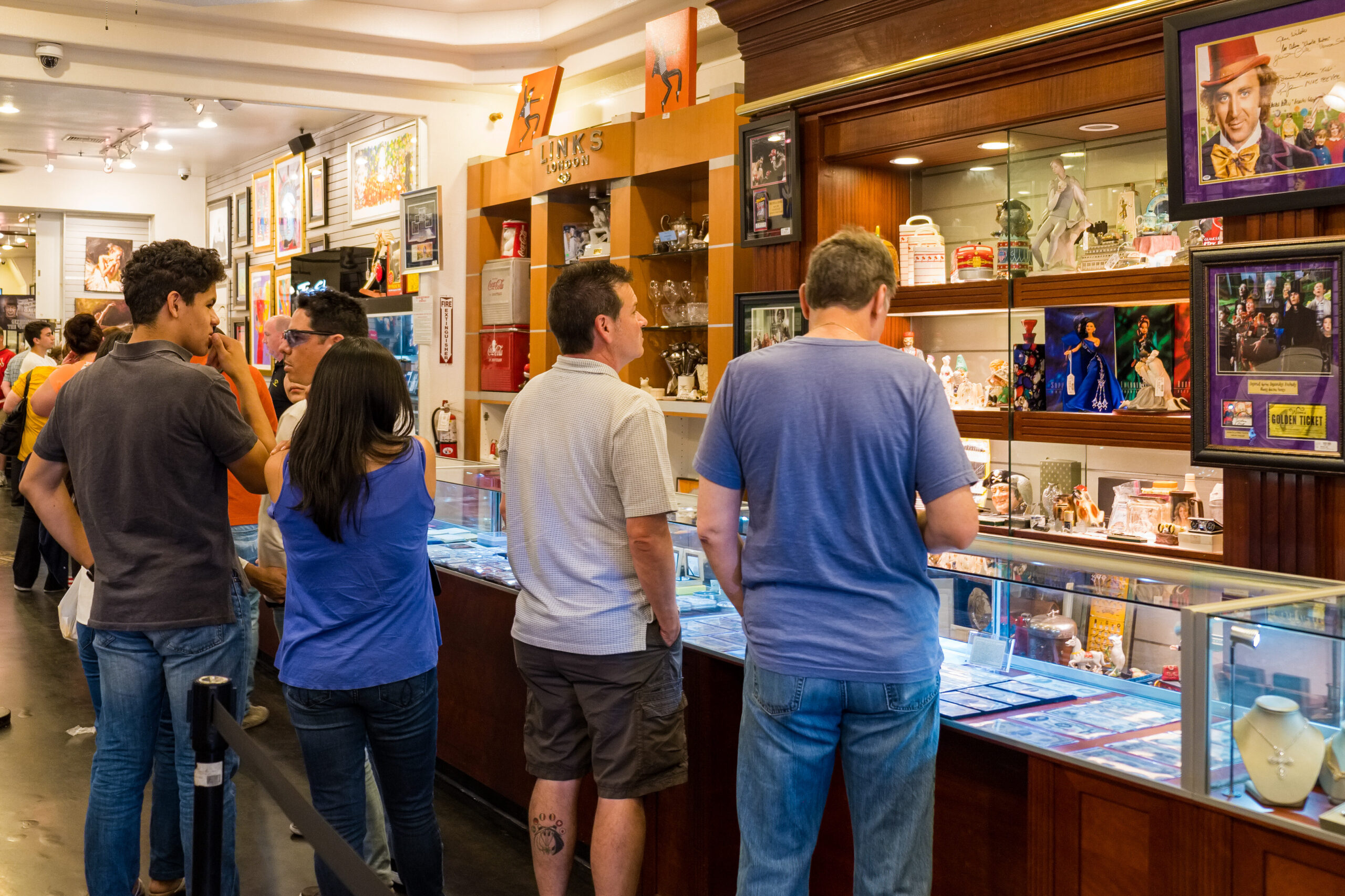
The intense back-and-forth over pricing feels dramatic, but don’t be fooled—it’s mostly for the cameras. Sellers and buyers often agree on a price before filming, ensuring that the negotiation looks compelling. The drama of haggling is added to spice things up, but in reality, both sides already know the outcome. It’s more about entertainment than real-world bargaining.
4. Many Items Are Pre-Selected
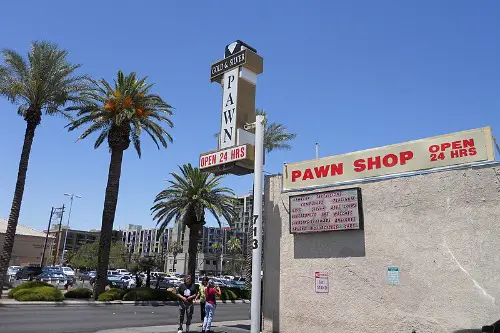
Ever wonder how the shop gets such an impressive array of rare items? It’s because producers scout for unique objects long before filming begins. They reach out to collectors and sellers to ensure there’s a steady stream of fascinating goods for the show. The idea of someone randomly strolling in with a medieval sword is thrilling but not entirely realistic.
5. The Pawn Shop Isn’t Open Like a Real Store
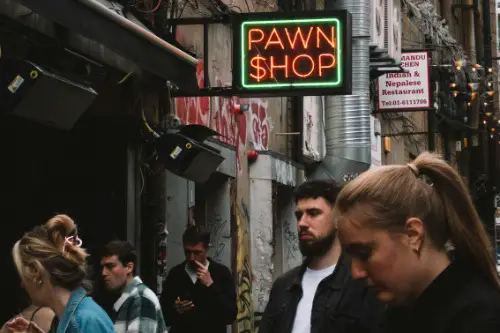
The Gold & Silver Pawn Shop operates more like a TV set than a business when the show is filming. Regular customers can’t walk in during production, and most “customers” are actually brought in specifically for the show. It’s why the shop always looks perfectly clean and organized—because it’s staged for TV rather than day-to-day operations.
6. The Employees Play Up Their Roles
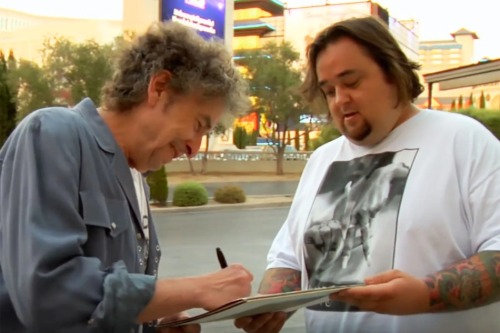
Rick, Corey, and Chumlee may be real people, but their personalities on the show are exaggerated. The quirky banter and exaggerated antics are scripted to make each episode more entertaining. For example, Chumlee’s “clueless” persona is largely for show—he’s a savvy businessman off-camera. What you see is a heightened version of reality, not the full story.
7. The Background “Customers” Are Extras
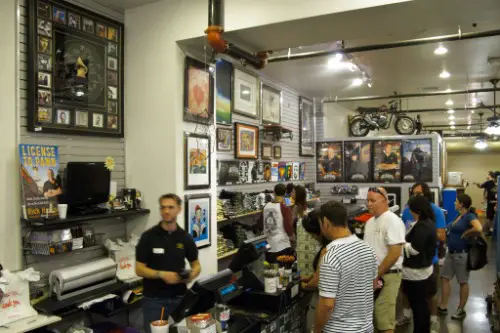
The bustling activity in the background? It’s mostly staged. Many of the people browsing the store are paid extras, not actual customers. This creates the illusion of a thriving business, even during filming downtime. Real customers are rarely shown unless they’ve been pre-approved by the production team.
8. Dramatic Conflicts Are Amped Up
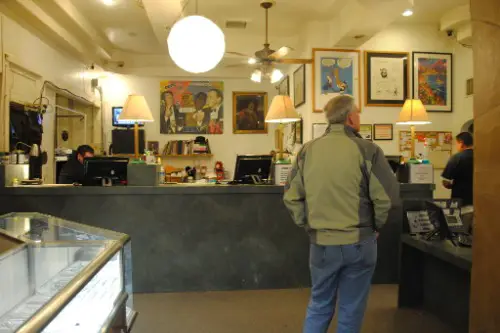
The heated arguments between Rick and Corey or Chumlee may look real, but they’re often exaggerated for dramatic effect. These conflicts are carefully inserted to keep viewers hooked. Off-camera, the team is reportedly much more harmonious. It’s classic reality TV drama—add tension, resolve it quickly, and keep viewers coming back for more.
9. The Historical Facts Are Pre-Rehearsed

Rick’s extensive knowledge of history? While impressive, it’s not entirely off-the-cuff. Most of his “fun facts” are researched and prepped by the production team beforehand. Rick might brush up on a topic before filming to appear knowledgeable, but he’s often guided by experts and script notes. It’s less spontaneous expertise and more professional prep work.
10. Rare Items Aren’t as Spontaneous as They Seem
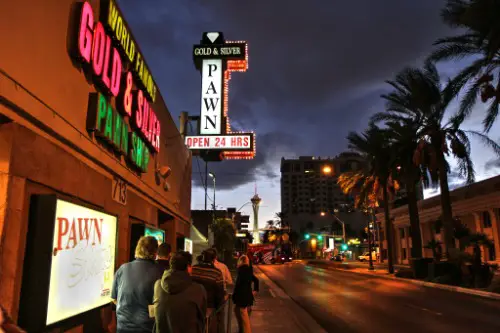
While the show features incredible treasures like rare coins or signed memorabilia, these items are often pre-sourced by producers. The illusion that someone just “walked in” with a million-dollar item is part of the show’s magic. Behind the scenes, it’s a coordinated effort to find unique pieces that will wow viewers.
11. The Prices Are Adjusted for TV
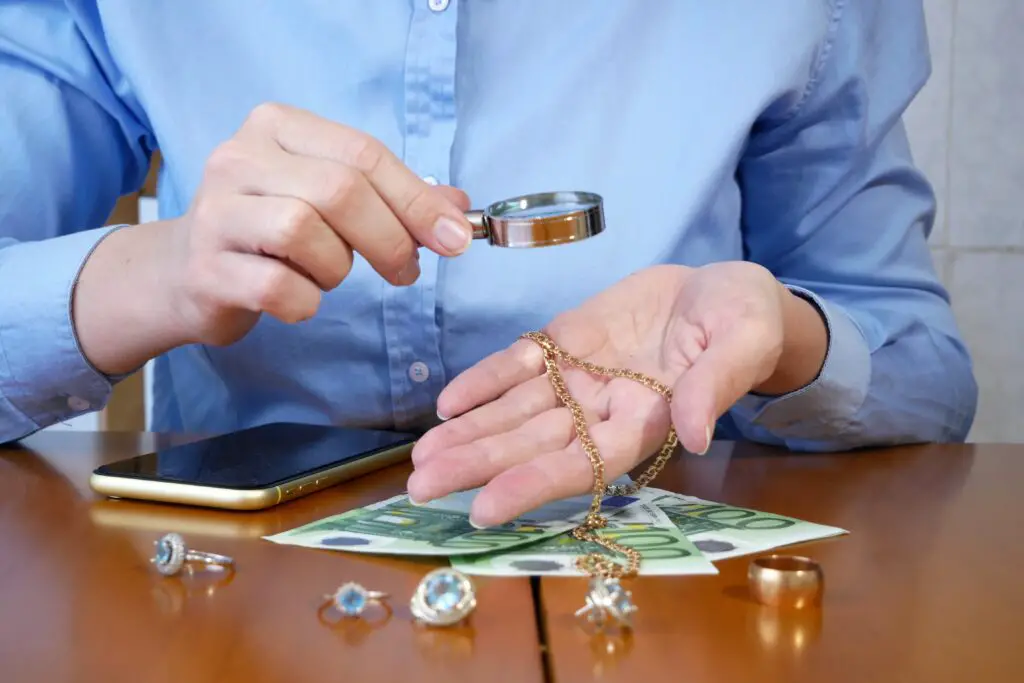
The dramatic high or low prices seen on the show don’t always reflect real-life pawn shop practices. Sellers might agree to lower their asking price for the sake of a compelling story arc. Similarly, Rick might “overpay” on camera to keep things interesting. The transactions are tailored for entertainment, not always practicality.
12. The Shop’s Real Operations Are Different
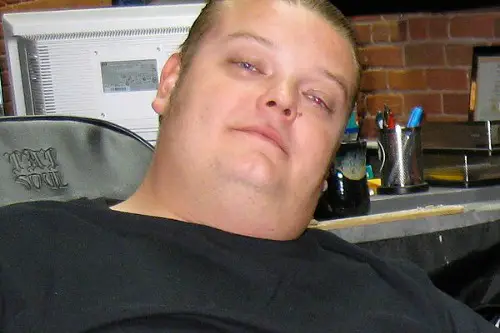
In reality, the Gold & Silver Pawn Shop’s day-to-day business is more mundane than what’s portrayed. Most of the shop’s real transactions involve small, everyday items like jewelry or electronics. The high-stakes deals and rare finds shown on TV are the exception, not the rule. What you see is a curated version of the business.
13. Filming Can Take Days for One Scene
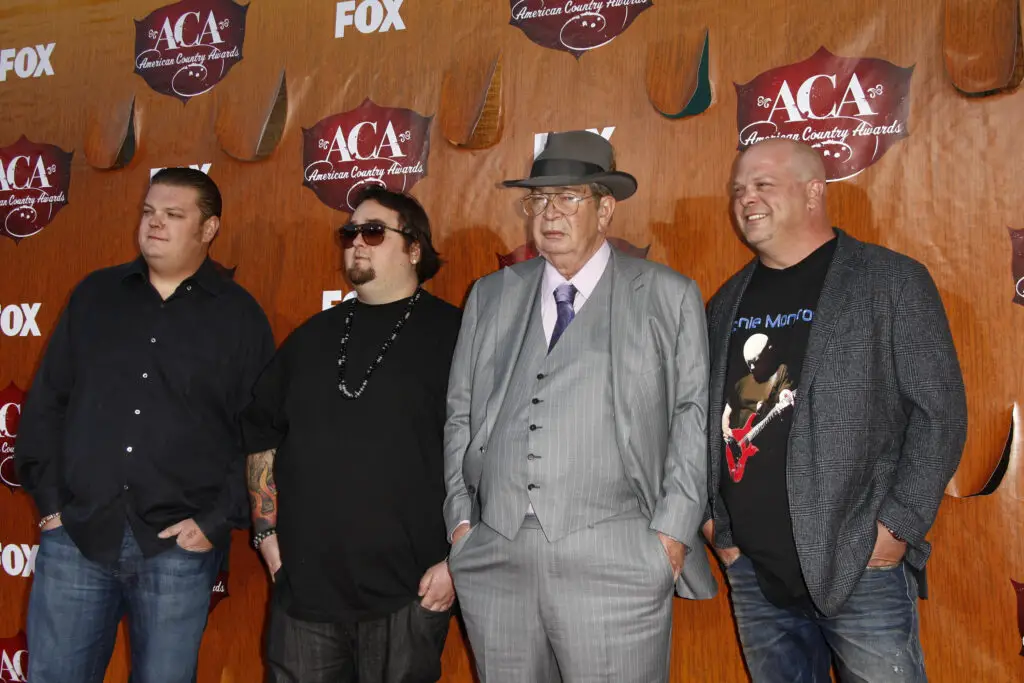
What looks like a quick interaction often takes hours or even days to film. Producers might ask sellers to repeat their lines or reshoot scenes for better lighting or sound. This means that the “spontaneous” moments you see are anything but. The end result is polished and entertaining, but it’s far from a real-time event.
14. Chumlee’s Antics Are Scripted
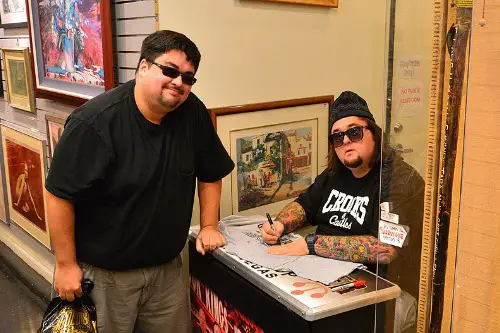
Chumlee’s goofy behavior is one of the show’s highlights, but much of it is planned in advance. His pranks and mistakes are designed to add humor and keep things lighthearted. Off-camera, Chumlee is reportedly more reserved and thoughtful. The lovable goofball persona is a character he plays for the audience.
15. The Shop Is a Tourist Attraction
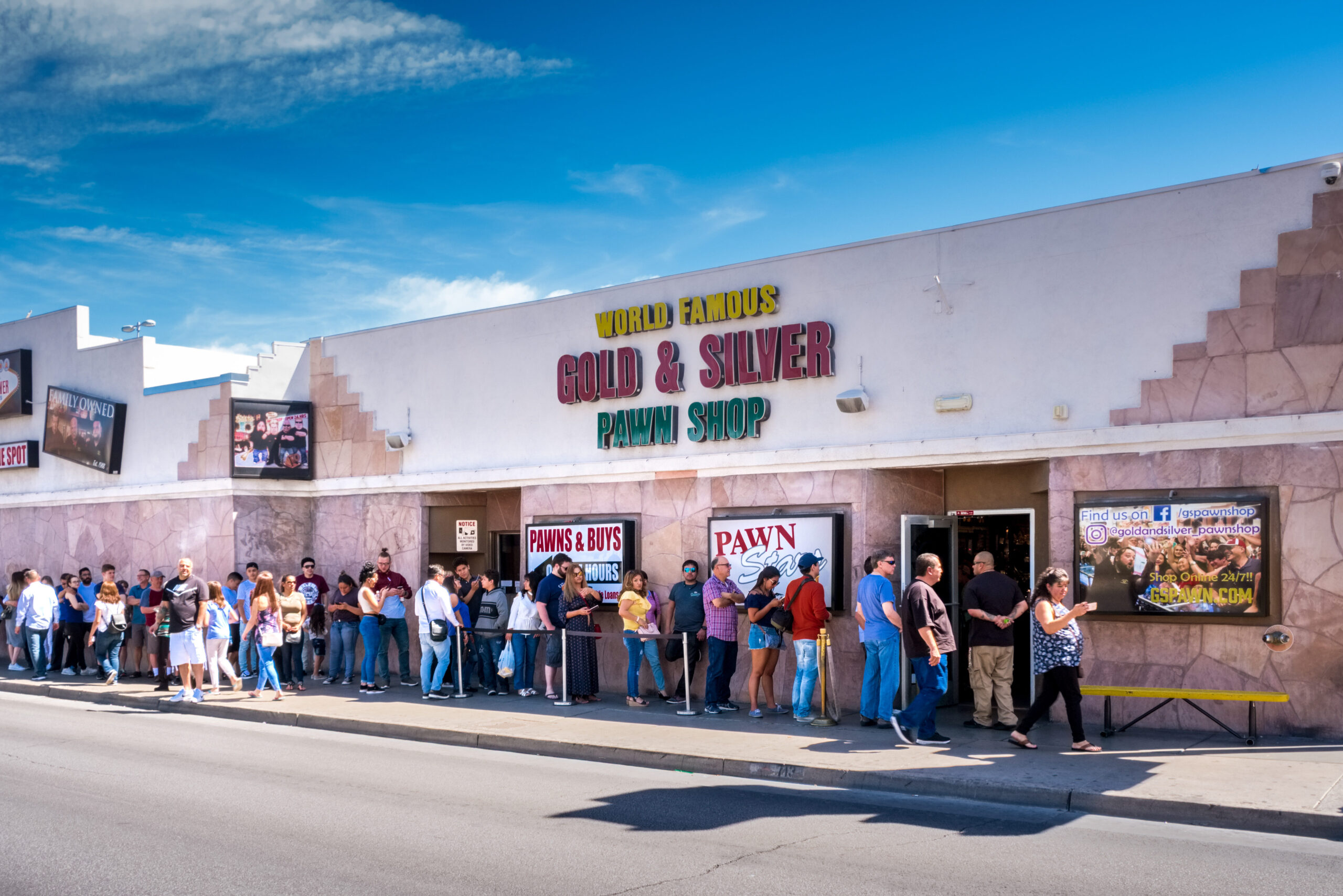
Thanks to the show’s success, the Gold & Silver Pawn Shop is more of a tourist hotspot than a functional pawn shop. Most visitors come for the experience of seeing the famous location rather than conducting business. This shift means that the shop’s operations have adapted to accommodate its role as a pop culture landmark, not just a pawn shop.


